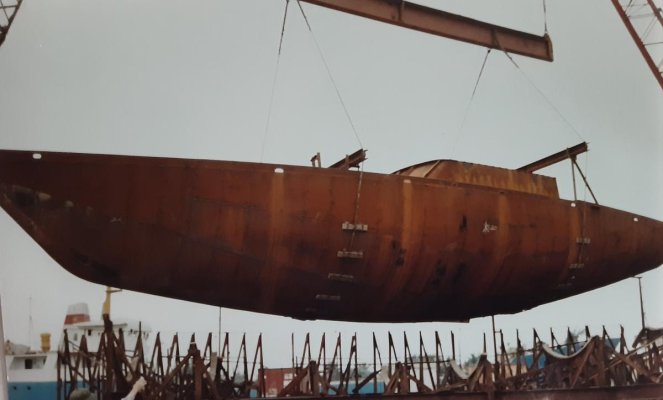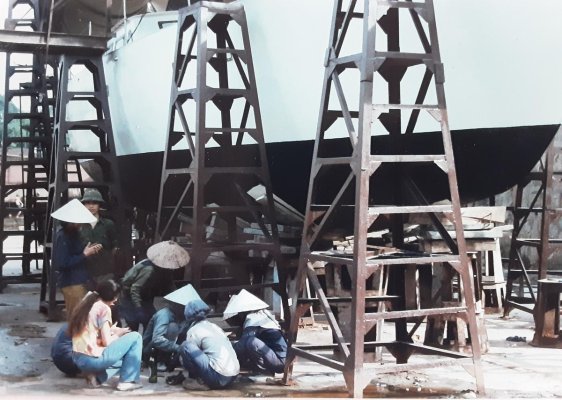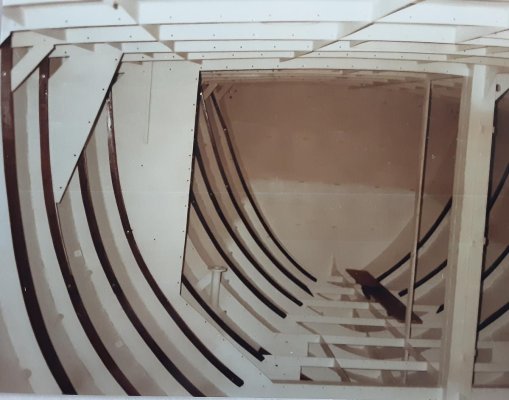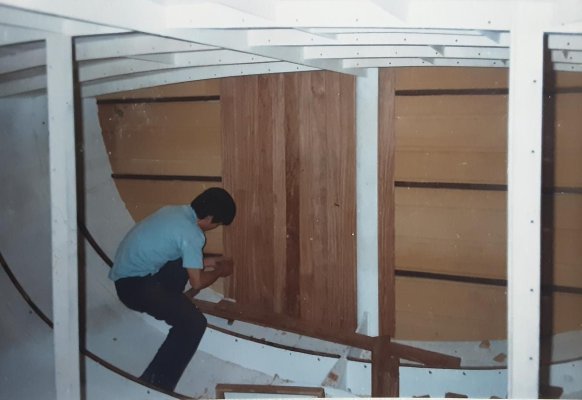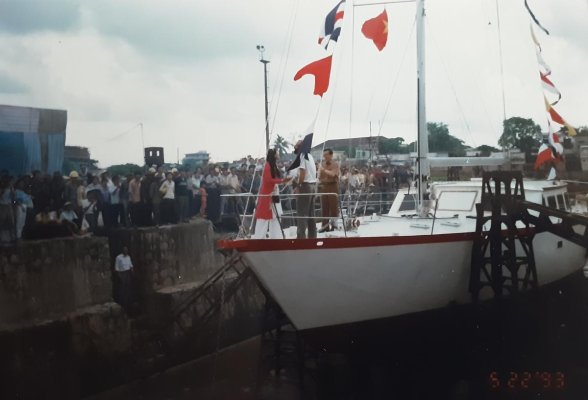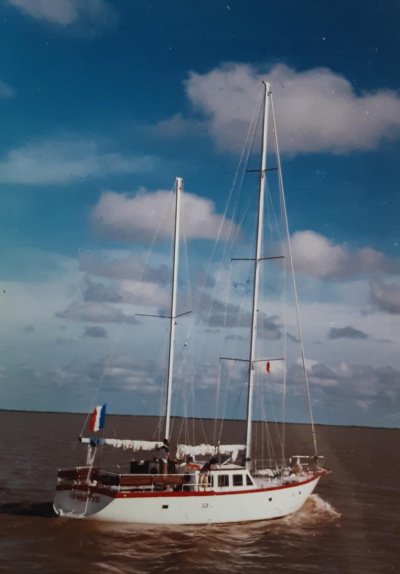Taras
Senior Member
- Joined
- Jan 11, 2008
- Messages
- 402
- Vessel Make
- Currently Boatless
Hey All,
Wondering if anyone has seen a real world comparison between the "propulsion" costs between a Trawler and a Sailboat. I'm not just talking about the engine piece of it....I'm referring to all the cost of the sailing rig which must be maintained and replaced on a regular basis. I know that sails get "blown out" (stretched) over 4 years of cruising; standing rigging is required by insurance companies to be replaced every 10 years; running rigging replaced..... and then compare that to the extra fuel that is burned by a trawler. I know that the "optimal wind angle" doesn't always happen for a sailboat...in fact, many times they are motor sailing. Anyway, I wonder if this topic has been analyzed by any one this forum or elsewhere?
Which is cheaper? Also, you have the speed element as well (sailing typically slower).....
Thoughts?
Wondering if anyone has seen a real world comparison between the "propulsion" costs between a Trawler and a Sailboat. I'm not just talking about the engine piece of it....I'm referring to all the cost of the sailing rig which must be maintained and replaced on a regular basis. I know that sails get "blown out" (stretched) over 4 years of cruising; standing rigging is required by insurance companies to be replaced every 10 years; running rigging replaced..... and then compare that to the extra fuel that is burned by a trawler. I know that the "optimal wind angle" doesn't always happen for a sailboat...in fact, many times they are motor sailing. Anyway, I wonder if this topic has been analyzed by any one this forum or elsewhere?
Which is cheaper? Also, you have the speed element as well (sailing typically slower).....
Thoughts?

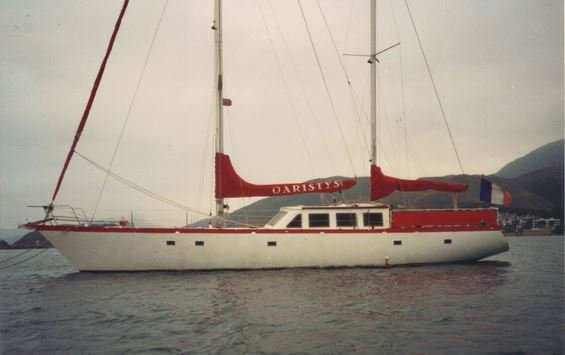
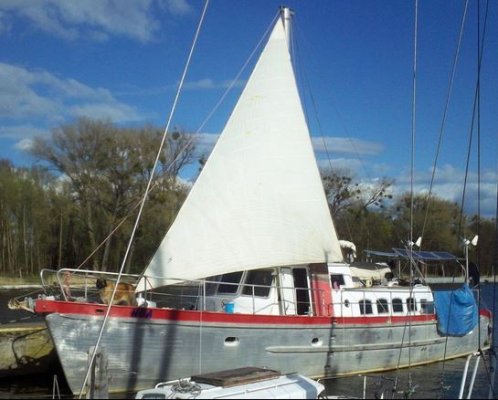


 )
)